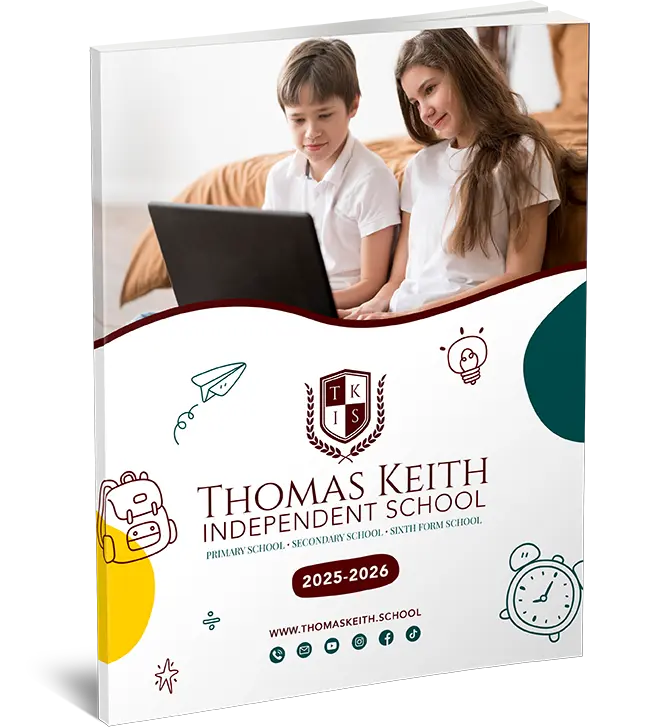
British School Term System
Introduction To The British School Term System
The academic year in the United Kingdom is traditionally divided into three main terms:
- Autumn Term: Commences in early September and concludes in mid-December.
- Spring Term: Begins in early January and ends around late March or early April.
- Summer Term: Starts in mid to late April and finishes in late July.
Each term is typically split into two halves, separated by a one-week half-term break. This structure provides students with regular intervals of study and rest, promoting a balanced educational experience.
Regional Variations In Term Dates
While the general structure remains consistent, specific term dates can vary across the UK’s constituent countries—England, Scotland, Wales, and Northern Ireland—and even among local authorities within these regions.
England And Wales
In England and Wales, the academic year usually runs from the first week of September through to the third week of July of the following year, with the time split up into three terms. Each of these is usually divided into halves with a week-long “half-term” break between. Primary (4–11) and secondary (11–16) schools usually follow a 39-week academic year, while further (16+) and higher (18+) educational establishments often have 33 or even 36-week terms, generally with no half-term break. Oxford and Cambridge universities have shorter terms still, usually eight weeks each term.
Scotland
In Scotland, the academic year usually begins in the third week of August. In October, there are one or two weeks off, which is the halfway point between the summer and Christmas holidays. The Christmas holiday usually begins a few days before December 25 and ends a few days after January 5. There is up to a week off halfway through the Spring term and a two-week break for Easter.
After Easter is the summer term and the 3rd half term break is the halfway point to the summer holidays. The summer holiday usually begins at the end of June for most pupils in primary 1–7 and secondary years 1–3. Years 4, 5, and 6 have a period of exam leave at the end of April until early June but may return for the last few weeks before the summer holiday starts. It’s usually 7–8 weeks.
Northern Ireland
Schools in Northern Ireland have similar school holidays to those in the Republic of Ireland. Unlike in the other parts of the UK or Republic of Ireland, Northern Irish schools operate a 200-day school year. The school year begins around 1 September, although most schools return up to a week earlier. There is a mid-term break in October, in which schools may close for two days to up to a week. This break falls during the week of Halloween. Schools close for a week and a half for Christmas, closing around 21 or 22 December, and returning on 3 or 4 January.
There is another mid-term in February, in which most schools close for one week. This break is the midpoint between Christmas and Easter. Schools close for St Patrick’s Day on 17 March. Schools close for Easter on Holy Thursday and return one week after Easter Monday. Most schools close for a week at the end of May for the Spring Bank holiday and return at the start of June. Schools then close for summer on the 30 June.
![]()
Factors Influencing Term Dates
Several factors contribute to the determination of school term dates:
- Local Authority Decisions: In England and Wales, local authorities set term dates for community and voluntary-controlled schools. However, academies, free schools, and independent schools have the autonomy to set their own.
- Cultural and Religious Observances: Holidays such as Christmas, and Easter, and regional events like St. Andrew’s Day in Scotland can influence term dates.
- Agricultural Traditions: Historically, longer summer breaks accommodated agricultural cycles, allowing children to assist with harvests. While this is less relevant today, the tradition persists.
The Role Of Online Schools In Term Flexibility
Online educational institutions, such as Thomas Keith Independent School, offer a modern approach to the traditional academic calendar. By providing live, timetabled lessons online, they cater to students worldwide, allowing for greater flexibility in term dates and learning schedules.
This adaptability is particularly beneficial for families with unique scheduling needs or those residing in different time zones.
Advantages of Online Schooling
Enrolling in an online school like Thomas Keith Independent School presents several benefits:
- Personalised Learning: Small class sizes ensure individual attention, catering to each student’s learning pace and style.
- Global Accessibility: Students can access high-quality British education from anywhere, eliminating geographical constraints.
- Flexible Scheduling: Online platforms can accommodate different time zones and personal commitments, offering a more adaptable learning environment.
- Comprehensive Curriculum: Institutions like Thomas Keith provide a full spectrum of education from Primary to Sixth Form, including GCSE and A-Level courses.

Differences Between Traditional And Online School Term Dates
Traditional schools generally follow a fixed academic calendar, with little flexibility in term dates. This structure is rooted in the shared, community-based approach to schooling, where students learn in physical classrooms and follow a common schedule.
In contrast, online schools offer greater flexibility in several ways:
- Flexible Start Dates: Online schools often provide rolling admissions, allowing students to start at different times throughout the year. This enables families to choose start dates that suit their circumstances.
- Self-Paced Learning: Some online programs offer self-paced courses where students can progress at their speed, even outside of traditional term dates. This flexibility is especially valuable for students who may need to catch up or accelerate their learning.
- Extended Holidays: For students requiring longer breaks for travel or family commitments, online schools can sometimes accommodate extended holidays, making it easier to balance personal and academic life.
Key Dates And Holidays In The UK Academic Calendar
While term dates vary, certain holidays and breaks are generally observed across the UK, and understanding them can help parents and students plan:
- Christmas Break: Runs for about two weeks in December, allowing families to celebrate and recharge.
- Easter Break: Typically spans two weeks in the Spring term, aligning with Easter celebrations and offering a mid-year rest.
- Summer Break: The longest holiday, extending up to six or seven weeks, providing students with ample time to rest, travel, or pursue other interests.
- Half-Term Breaks: Each term has a one-week half-term break, often falling mid-term, giving students a brief respite to recharge.
How To Make The Most Of School Holidays
School holidays are not only a time for rest but also an opportunity for enrichment activities and family bonding. Here are some productive ways to utilize these breaks:
- Skill Development: Engage in activities like reading, coding, or art classes to enhance skills that may not be covered in the curriculum.
- Travel: Holidays offer a chance to explore different cultures, broaden perspectives, and create memorable family experiences.
- Preparation for Upcoming Terms: Older students, especially those preparing for exams, can use the time to review past materials or get a head start on the next term’s syllabus.
- Volunteer Work: Volunteering locally or even abroad can instill values of empathy and responsibility, while also enhancing college applications for older students.
FAQs
- How do I find out my child’s exact term dates? Each school or local authority usually publishes term dates on its website, especially in England and Wales where there may be regional differences. It’s best to check directly with your child’s school for the most accurate dates.
- Do online schools follow the same term dates as traditional schools? Not necessarily. While some online schools align with traditional term dates, others, like Thomas Keith Independent School, offer flexible scheduling options that cater to students from various regions.
- Can term dates change mid-year? Changes to term dates are rare but can happen due to unforeseen circumstances, such as weather disruptions or public health concerns. Schools will usually notify parents well in advance if any changes are made.
- Why are school holidays different in Scotland and Northern Ireland? Each UK region has its educational authority, and term dates can vary to accommodate regional customs, cultural holidays, and local needs.
- Is online schooling recognised in the UK? Yes, many online schools in the UK, including Thomas Keith Independent School, are fully accredited and follow the British curriculum, making their qualifications widely accepted by universities and employers.

Conclusion
Understanding British school term dates and their nuances can be invaluable for parents and students alike. The traditional academic calendar provides a balanced mix of study periods and holidays, structured to maximize learning and rest. However, with the advent of online schooling, families have more options than ever. Institutions like Thomas Keith Independent School exemplify this flexibility, offering globally accessible, high-quality education that adapts to diverse scheduling needs.
Whether you’re navigating a traditional or online school calendar, making informed decisions about your child’s education can ensure they thrive academically while enjoying a well-rounded life.







